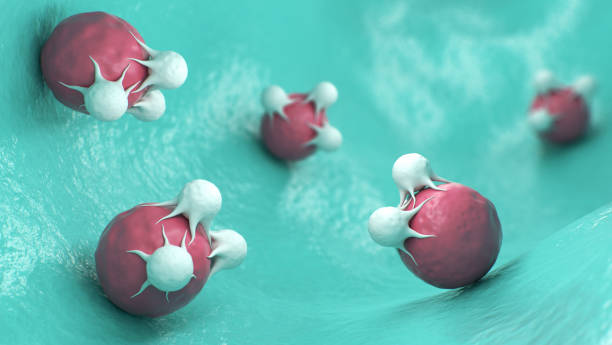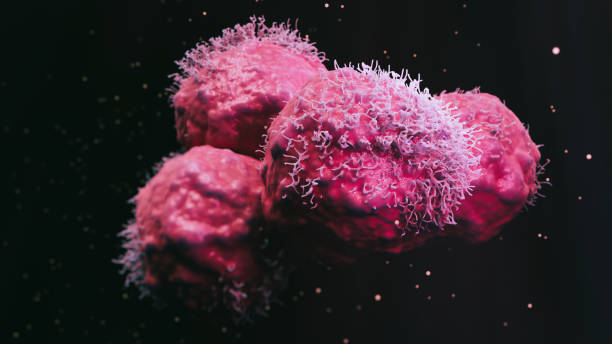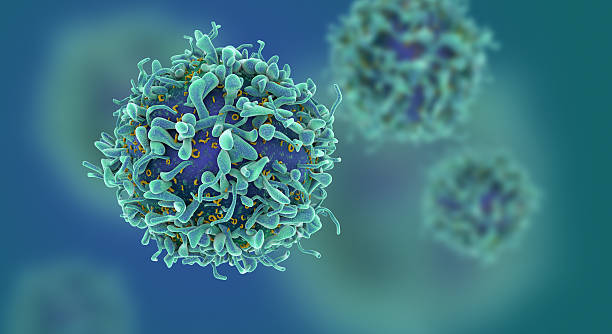T Cells: The Mighty Microscopic Warriors Within You
Unveiling the Powerhouse of Your Adaptive Immune System

Little Titans: Revealing the Immune System's T Cell Power
Microscopic infections, viruses, and other microorganisms are always threatening our bodies. But do not be alarmed; the immune system is a powerful army that is watching over our interior terrain. The T cells are one unique force that sticks out in this army.
Target Attack Force: T Cells
T lymphocytes, another name for T cells, are an essential part of the adaptive immune system. T lymphocytes are highly specialized killers, in contrast to antibodies, which typically target a wide variety of diseases. They have amazing accuracy in identifying and neutralizing certain dangers.
T cells come in two primary varieties:
CD8+ T cells, or cytotoxic T cells): These are the front-line fighters. They go straight after malignant or diseased cells, destroying them.
CD4+ T lymphocytes, or helper T cells): They take on the role of immune response commanders. Although they don't really kill, they control the immune system as a whole by stimulating B cells, which make antibodies, and other immune cells.

The T Cell Adventure: From naive to Pathogen Nightmare
In the bone marrow, T lymphocytes are immature at birth. They subsequently go to the chest's thymus, an organ of specialization, where they receive intense training. Here, they pick up the ability to discriminate between "non-self" (invaders) and "self" (healthy bodily cells). The only mature T cells discharged into the circulation are those that successfully complete this training.
These developed T cells continuously scour the body for indications of illness, acting as watchful scouts. A unique dance starts when they come into contact with a pathogen:

1. Antigen Presentation: Pathogens are engulfed by specialized cells known as antigen-presenting cells (APCs), which then break them down into smaller pieces (antigens). Then, like a wanted poster, they plaster these antigens all over their surface.
2. T Cell Recognition: Certain antigens can be recognized by receptors on T cells. A T cell is activated when its receptor binds to an antigen that an APC has presented.
3. Immune Response: T cells that have been activated go into overdrive. T lymphocytes that are cytotoxic directly target and destroy diseased cells. A multifaceted onslaught is created when helper T cells emit signaling chemicals that prompt B cells and other immune cells to make antibodies.
The Complex Web of Immunity: Beyond T Cells
The immune system's long history includes many chapters, of which the tale of T cells is only one. Our health is maintained by an intricate and interesting network of cells and processes. Gaining knowledge about T cells enables us to recognize the amazing strength of our body's defense mechanisms.

Next Steps: T Cells and Medical Progress
At the forefront of medical breakthroughs is T cell research. Using CAR T-cell therapy, for example, T cells are engineered to identify and eliminate cancer cells, utilizing their ability to fight cancer. T cells have enormous potential for creating novel therapies for a range of illnesses as long as research on them is conducted.
Thus, the next time you're feeling under the weather, bear in mind that your body's small titans, the T cells, are working nonstop to keep you well.











































































































































































































